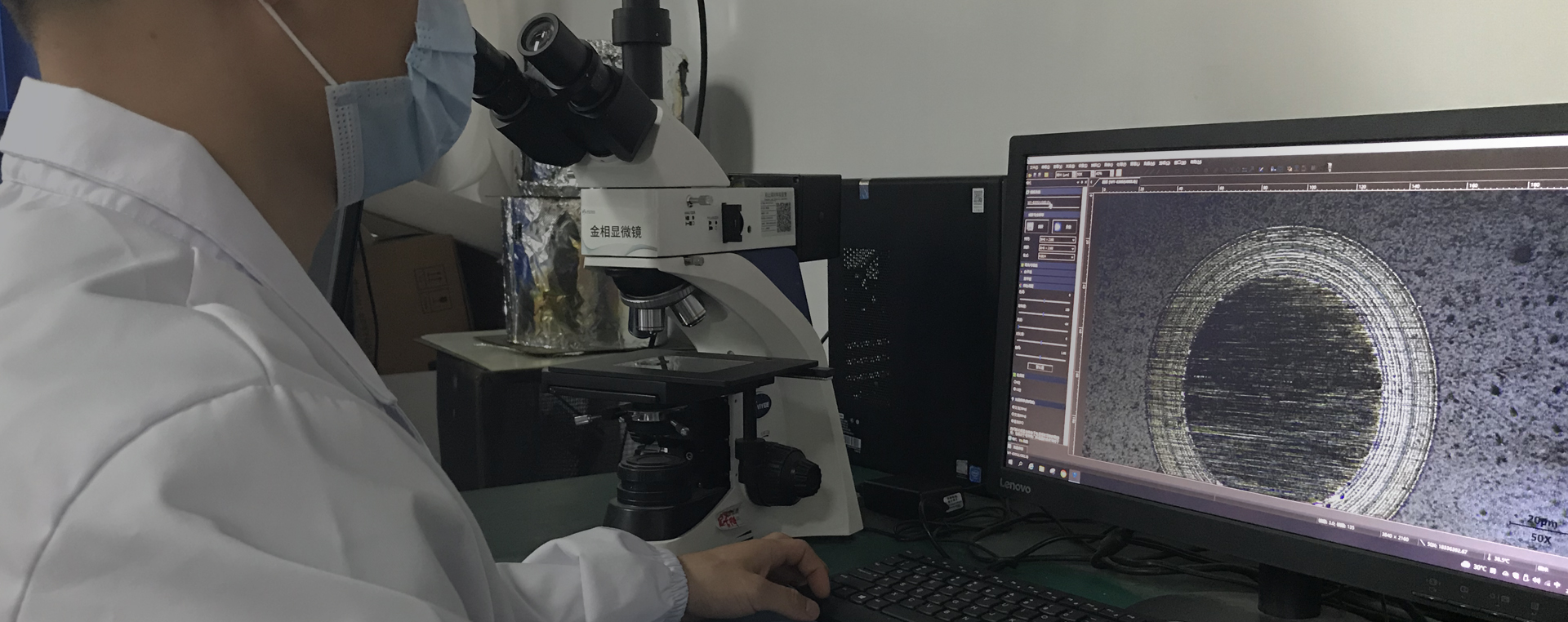Key points of production and quality control of coating process
Key points of production and quality control of coating process
The working principle of vacuum coating is that the film evaporates at high temperature and crystallizes on the surface of the workpiece. Because the air will produce resistance to the evaporation of the membrane molecules caused by collision so that the crystal becomes rough and matt, so it must be in a high vacuum to make the crystal fine bright, fruit such as vacuum is not high crystal will lose luster binding force is very poor. Early vacuum coating relies on natural scattering of evaporating body, combined with poor working efficiency and low gloss. Now add the medium frequency magnetron sputtering target with the magnetron target to accelerate the evaporation of molecules in the film body under the action of electric field bombardment target, sputtering out a large number of target atoms, neutral target atoms (or molecules) deposited on the substrate to form a film, solve the past natural evaporation can not be processed film varieties, such as titanium and zirconium plating and so on. If equipment must add cooling water, because of its high frequency and high current. When the current flows in the conductor, it has a skin effect. The charge will accumulate in the surface area of the conductance, which makes the conductance hot. Therefore, the middle hole tube is used as the conductor and water is added to cool it. The motion law of electrons in non-uniform electromagnetic field is studied from a deeper level, and the general principle of magnetron sputtering and the transverse inhomogeneity and symmetry of magnetic field are the essential reasons for magnetic confinement. Magnetron sputtering can be considered as one of the most outstanding achievements in coating technology. It is characterized by high sputtering rate, low substrate temperature rise, good film-base bonding force and stable device performance. How can you accurately distinguish whether to meet the customer calibration? Is LAB value measured by instrument? Yes, what is the process of PVD coating
Technical Ethics:
PVD is the abbreviation of PhysicalVaporDeposition. It refers to the arc discharge technology with low voltage and high current under vacuum condition. The gas discharge evaporates the target material and ionizes the vaporized substance and gas. The vaporized material and its reaction products are deposited on the workpiece.
Layer technique:
Enhanced magnetic-controlled cathode arc: Cathode arc technology is under vacuum condition, through low voltage and high current to dissociate the target into an ionic state, so as to complete the deposition of thin film materials. The enhanced MAGNEtic-controlled cathode arc can effectively control the arc on the surface of the target material by the joint action of electromagnetic field, so that the material has higher ionization rate and better film performance.
Filtered cathodic arc: filtered cathodic arc (FCA) electromagnetic filtration system, equipped with high efficient ion source can be produced by the macroscopic particles in plasma and ion mass filter clean, after magnetic filter sediment particle ionization rate of %, and can filter out the larger particles, so the preparation of the film is very compact and smooth, with good corrosion resistance, and the adhesion strength of the body is very strong.
Magnetron sputtering: In a vacuum environment, through the joint action of voltage and magnetic field, the target is bombarded with ionized inert gas ions, resulting in the target being ejected in the form of ions, atoms or molecules and deposited on the substrate to form a film. Depending on the ionization source used, both conductive and non-conductive materials can be sputtered as targets.
Ion beam DLC: Hydrocarbon gas is dissociated into plasma in the ion source, and carbon ions are released from the ion source under the joint action of electromagnetic field. The ion beam energy is controlled by adjusting the voltage applied to the plasma. The C-H ion beam is directed onto the substrate and the deposition rate is proportional to the ion current density. The ion beam source of star arc coating uses high voltage, so the ion energy is larger, which makes the film and the substrate bond well. The larger ion current makes the deposition speed of DLC film faster. The main advantage of ion beam technology is that it can deposit ultra-thin and multi-layer structure, the process control accuracy can reach several angstroms, and the defects caused by particle pollution in the process can be minimized.

 18922924269
18922924269
